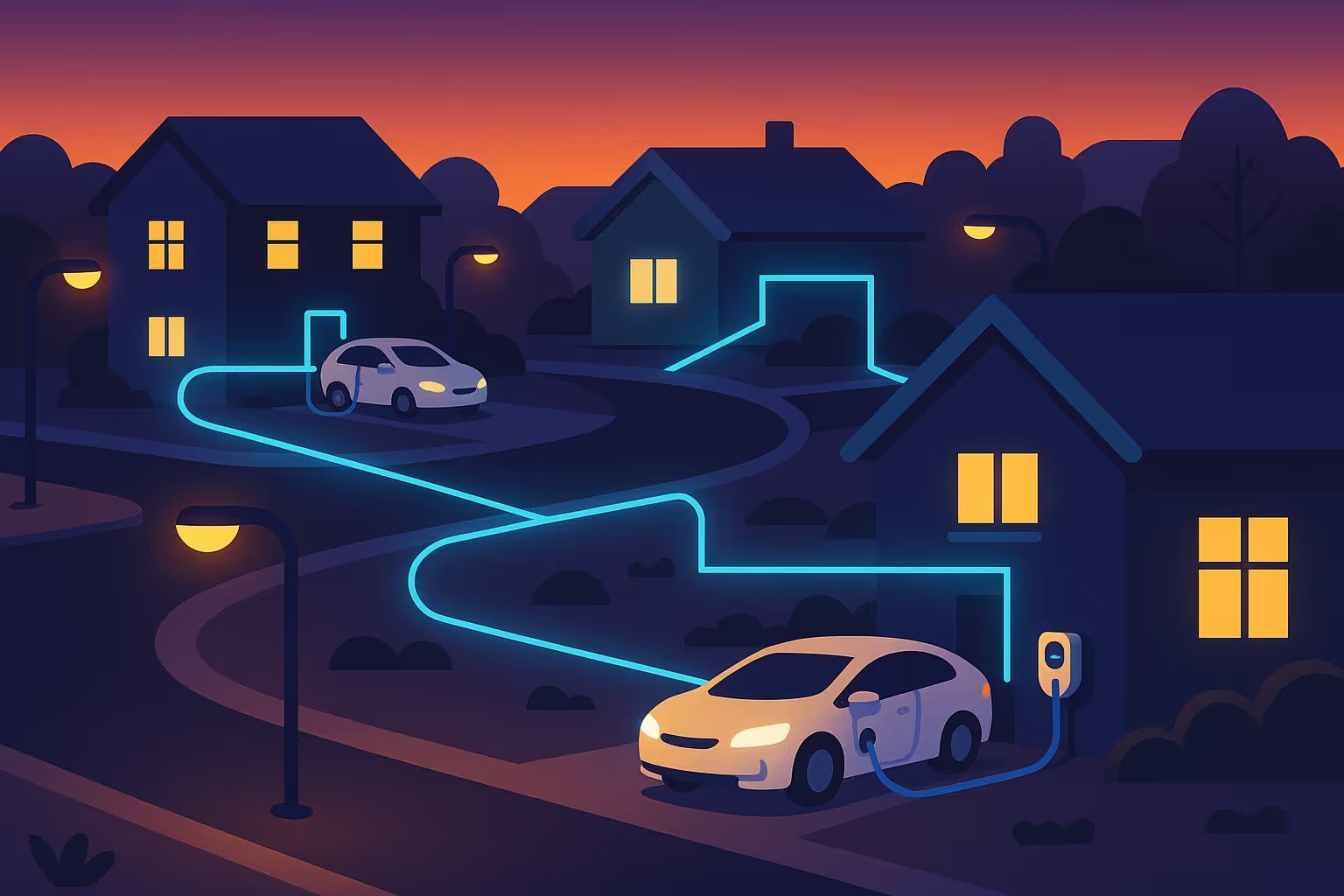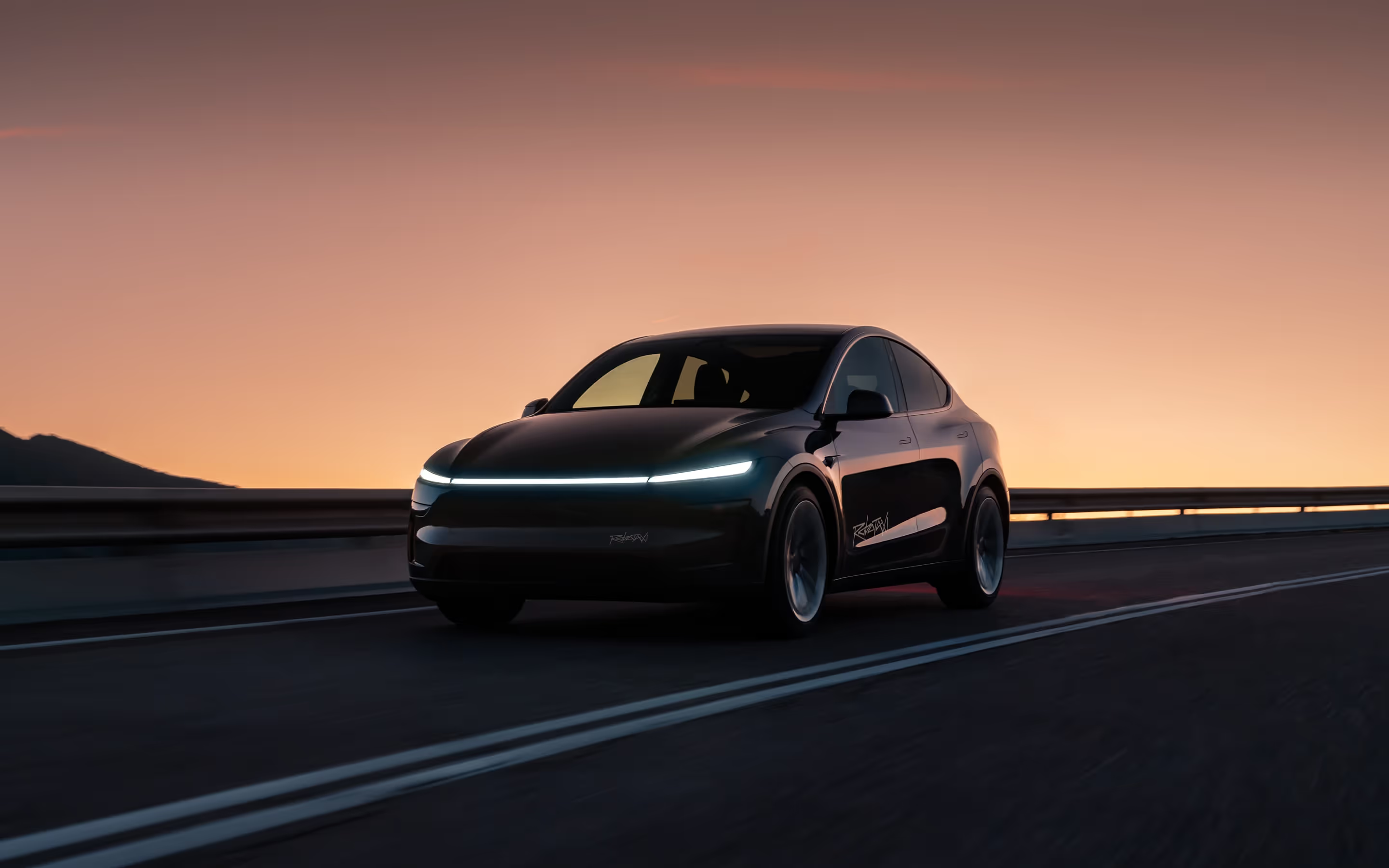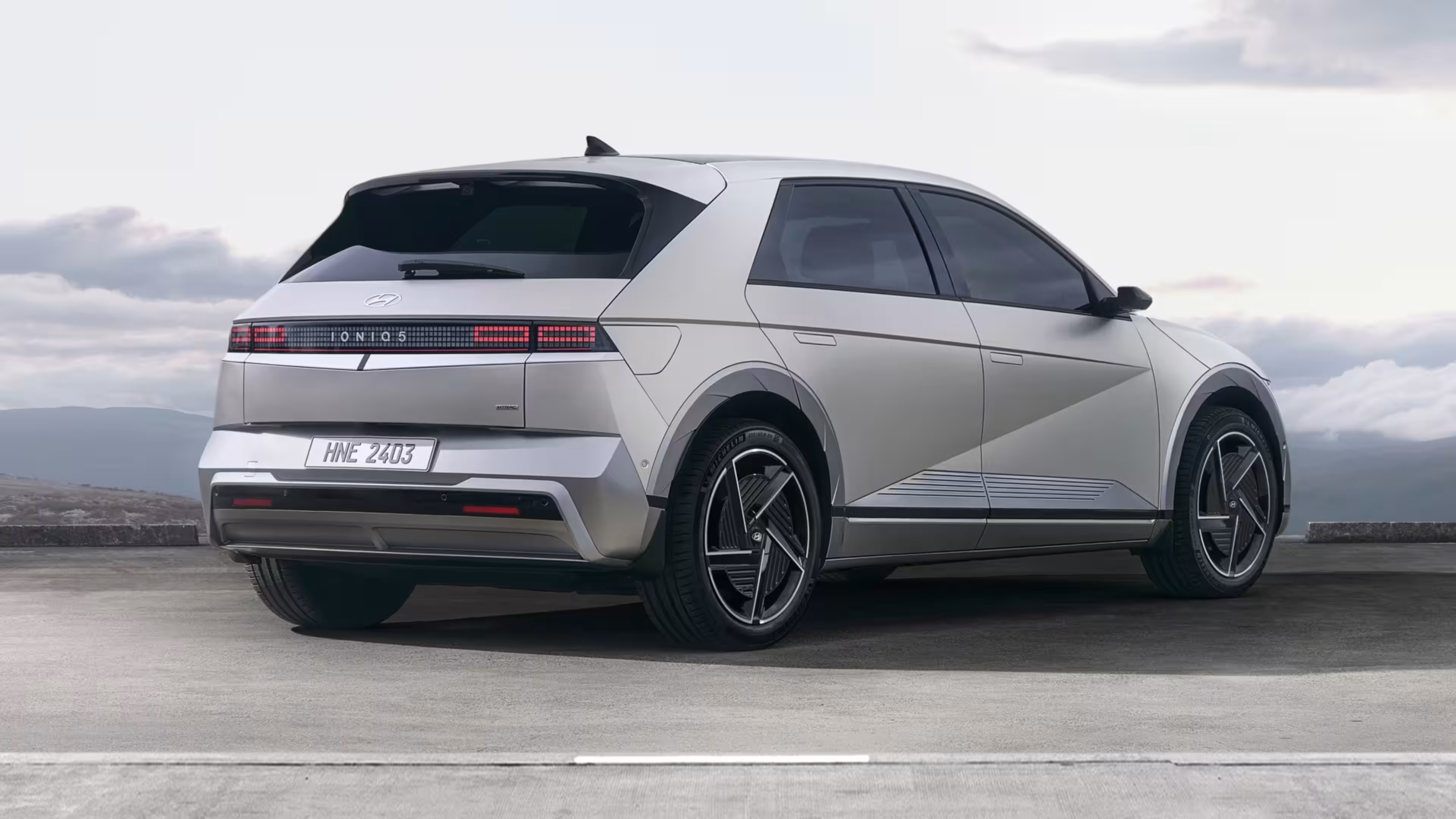Electric vehicles (EVs) have been rapidly gaining popularity and market share in recent years. Major automakers like GM, Ford, Volkswagen, and others have announced plans to electrify large portions of their vehicle lineups. At the same time, governments around the world have implemented policies and incentives to accelerate the transition to EVs.
Countries like Norway, Iceland, Sweden, and the Netherlands lead global EV adoption with EVs accounting for over 30% of new vehicle sales. The US and China also rank among the top markets in absolute EV sales, though as a percentage of total vehicles sold EVs still make up less than 10%.
Automakers and governments have set ambitious goals for EV adoption over the next decade. Experts predict that by 2030, EVs could make up over 30% of new car sales globally.
However, there are still major barriers preventing mainstream adoption of EVs including high upfront costs, lack of charging infrastructure, and range anxiety. New ownership models like subscriptions may help accelerate adoption by overcoming these barriers.
Barriers to Mainstream Adoption
While interest in EVs continues to grow, there are still some key barriers preventing more widespread mainstream adoption. According to research from Axios, the upfront cost of purchasing an EV is the number one adoption barrier cited by consumers (Axios, 2022). The high initial price point makes EVs inaccessible or unaffordable to many buyers compared to equivalent gas-powered models. Range anxiety, or concerns about running out of charge before reaching your destination, also dissuades some drivers from switching to electric. And limited public charging infrastructure exacerbates these concerns and makes charging inconvenient compared to the ubiquity of gas stations (Forbes, 2023).
Specifically, the main barriers include:
- Upfront Cost - EVs have a higher upfront purchase price than comparable gas vehicles. The battery pack costs can add $8,000-$12,000 to the vehicle price (Exro, 2022).
- Range Anxiety - Most EVs have lower range than a tank of gas, causing concerns about running out of charge mid-trip. Range anxiety persists despite advances in EV range capabilities (Forbes, 2023).
- Charging Infrastructure - Public charging stations are limited compared to gas stations, making charging inconvenient. At-home charging requires installation of new equipment (Exro, 2022).
Overcoming these barriers will be key for unlocking mass adoption and the full benefits of vehicle electrification.
How Subscriptions Can Accelerate Adoption
Subscription models for EVs have the potential to accelerate mainstream adoption by overcoming some of the major barriers that exist today. By reducing upfront costs, providing flexibility, addressing range anxiety, and increasing exposure through low-risk trials, subscriptions can make EVs more accessible to a wider demographic.
One of the biggest obstacles to widespread EV adoption is the high upfront cost compared to gas vehicles. Subscriptions allow consumers to pay a monthly fee instead of a large down payment, significantly reducing the initial financial commitment. For example, subscription services like Autonomy require no down payment and charge all-inclusive monthly fees starting around $500-600 for basic models. This increases affordability and lowers the barrier to entry.
Subscriptions also provide flexibility that leasing and direct purchase cannot. With short-term subscriptions ranging from 1-12 months, consumers aren't locked into long contracts. This allows them to return vehicles and switch models conveniently as their needs change. The flexibility caters well to early adopters who want to easily try new EVs coming to market.
Furthermore, subscriptions can bundle charging solutions and address range anxiety. Companies like Autonomy provide maintenance, roadside assistance, and unlimited access to charging networks in their monthly price. Having reliable access to charging gives consumers confidence to use EVs without worrying about range, especially for longer trips.
Finally, subscriptions give consumers a no-commitment way to test out living with an EV. The low-risk exposure can demonstrate the benefits of EVs and lead to greater overall adoption as more people integrate electric driving into their lifestyles. This "try before you buy" model is key for converting EV skeptics.
Benefits for Consumers
One of the biggest advantages of EV subscription models for consumers is that it allows them to try out an electric vehicle with much lower risk. Rather than having to commit to purchasing or leasing a vehicle long-term, subscriptions provide the flexibility to test out an EV for a short period like a month-to-month basis.
This makes it easy for customers unsure about transitioning to electric to dip their toes in the water without worrying about buyer's remorse. If a consumer ends up not enjoying a particular EV model, they can return it and try a different one the next month. Subscriptions create a low-stakes environment to experience living with an EV.
In addition to flexibility, subscriptions can also offer notable cost savings compared to buying or leasing. By bundling insurance, maintenance, and other services together with the monthly fee, there are fewer surprise expenses. The monthly rates are also often lower than a traditional lease. Especially when factoring in lower fuel and maintenance costs of EVs, subscriptions provide an affordable way to drive an electric car.
Looking ahead, there is a lot of potential for subscriptions to provide further benefits like simplified charging solutions. Packages could include home charger installation and discounted public charging access. This helps consumers overcome anxieties around EV range and charging availability.
By making EVs accessible in a flexible, low-risk package, subscriptions are poised to convert more drivers to electric vehicles.
Benefits for Automakers
Automakers stand to gain in multiple ways by offering subscription programs. First, subscriptions can attract new demographics who may not have considered purchasing an EV previously due to high upfront costs and lack of flexibility. By lowering the barriers to entry, automakers can significantly expand their potential customer base.
Additionally, subscriptions provide increased brand exposure as consumers have the ability to switch between different makes and models. This gives automakers a marketing edge to highlight the unique benefits of their EVs in a convenient, low-risk setting.
The subscription business model also generates recurring revenue through monthly fees, creating a stable income stream. Rather than relying solely on one-time vehicle sales, automakers can establish lasting direct relationships with subscribers over time.
Finally, managing dynamic inventory through subscriptions can help optimize production planning and vehicle remarketing. As subscriber needs and preferences change, automakers can efficiently redistribute off-lease vehicles to new customers.
Key Factors for Implementation
Successfully implementing an EV subscription program involves several key factors:
Vehicle Inventory and Supply Management
Automakers must ensure adequate inventory supply and effectively manage which vehicles are in the subscription fleet vs. inventory for purchase/lease. Forecasting demand and optimizing subscription fleet mix are critical.
Pricing Structure and Tiers
The pricing model must balance affordability and profitability. Tiers based on factors like vehicle model, mileage allowance, and length of subscription provide options.
Integrating Test Drives and Delivery
Convenient test drives and vehicle delivery/pickup options create a seamless subscriber experience. Partnerships with dealerships could enable this.
Charging Infrastructure
Access to robust public and home charging networks gives subscribers range confidence. Bundling charging plans is one option.
Remarketing Vehicles
Effective remarketing of off-lease vehicles is important for automakers to maximize residual values.
The Future of EV Subscriptions
With EV adoption accelerating globally, the potential for growth in EV subscription services is significant. The subscription model for EVs is forecasted to expand rapidly in the coming years as automakers look for new avenues of recurring revenue.
There is ample room for more flexibility and customization in subscription offerings. Allowing consumers to tailor their subscription plan to their specific needs can increase appeal. Automakers like Audi are already experimenting with letting users pay extra for added features or swap vehicles as desired.
Bundling additional services into subscriptions, such as insurance, charging access, and maintenance can also enhance the value proposition. Partnerships with energy providers, insurance companies, and charging networks will enable more comprehensive bundles that take care of everything for the consumer.
The role of traditional automakers versus third-party mobility providers remains to be seen. Startups focusing purely on subscription services could adapt more nimbly, while OEMs have vehicle supply and remarketing advantages. Collaboration between the two may enable the optimal mix of agility and scale.
Widespread EV subscriptions could impact leasing demand and used EV sales. But targeted subscription offers to specific demographics combined with strategic vehicle rotation can minimize disruption. The overall growth of the EV market should continue to buoy most models.
Conclusion
Looking ahead, subscriptions should continue growing in popularity and become a competitive distribution model. We can expect more flexibility in subscription lengths, vehicle options, and bundled services. Mainstream adoption of EVs appears inevitable, and creative subscription offerings can accelerate this transformation.
However, questions remain about the ideal mix of automaker versus third-party providers in managing subscriptions. The interplay with leasing and used EV sales also needs to be monitored. But by making EVs more accessible, subscriptions are poised to play a key role in the electrification of transportation.









